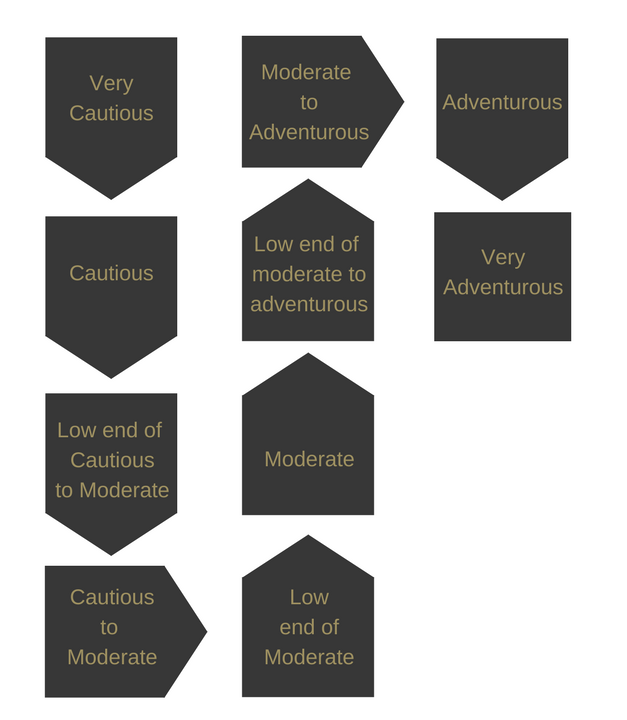
How you invest your money can have a dramatic effect on the return you receive.
We all know that investment stocks can go up as well as down but how do you know how much risk you should take with your money? Understanding your attitude to risk and completing a risk profile can relieve some of the worries of investing.
There is no right or wrong answer here; it is personal to you and your situation. This may change over time, as your family grows or you get closer to retirement. Therefore it is important to regularly assess your attitude to risk and ensure your money is invested wisely.
Ask yourself 2 questions:
1. What is my main financial goal?
It could be to pay for University fees or provide an income in retirement
2. When do I require access to your money? This will determine the length of your investment.
If you only have a couple of years before your child goes to university and you need instant access then it will limit the range of investments you have access to.
Once you have answered these questions discuss your risk profile and capacity for loss:
The Risk Profile
Your risk profile is normally found by asking a number of set questions which assess your risk tolerance. Discussions with your Independent Financial Adviser (IFA) can also help in understanding how you feel about investing, not just the cold calculations of what you can afford. After all, if you have worked hard to save a sum of money and after investing you are constantly worrying over the outcome, you do not want to invest in a high risk scheme.
Investment Knowledge And Experience
Your knowledge and experience of investing will play an important part. Have you invested before? If so, was this via a financial adviser or without advice? Will you have time to investigate past performance or the asset allocation? How are the funds managed and by which individual?
Your IFA is there to support and guide you through all these questions and improve your knowledge over the length of your investments. For some people what starts as a means to reach a financial goal soon becomes a full time hobby as they study the financial market and research into the many facets of investment.
Capacity For Loss
Capacity for loss looks at your ability to handle the worst case scenario. If your investments were to fail and you were to lose all or part of the money invested what financial impact would that have on your life? Would it affect your standard of living or is the money invested separate from your day to day living allowance?
Discussing a range of what if scenarios can help understand your capacity for loss.
- What if there was a death in the family and you needed emergency funds?
- What if the market crashed and the investment was lost?
In the end you receive an Attitude to risk profile from the following list of 10:

Once you have your risk profile you can look at the range of investments that are available to you. Review your investments annually to see how they have developed and ensure that they still fit your requirements.
Be aware that past performance is not necessarily a guide to future performance. Investment and the income from them can go down as well as up. You are not guaranteed to make a profit from your original investment.
